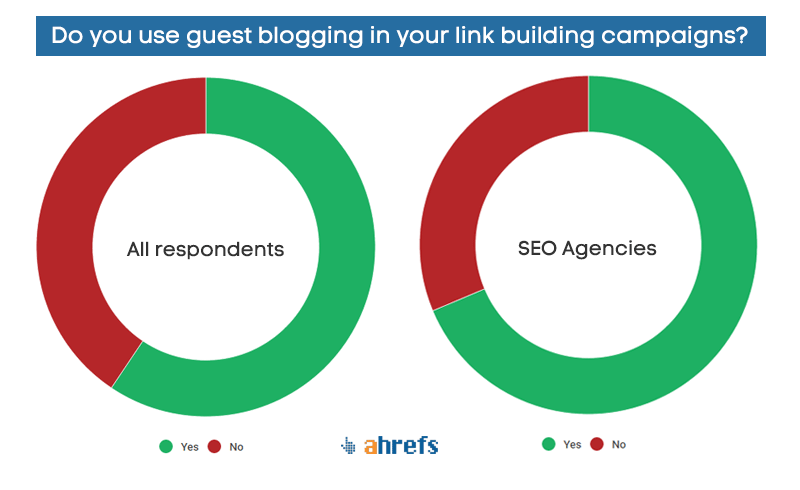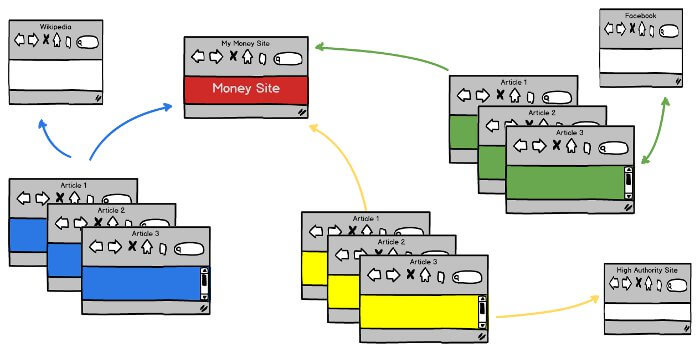All Categories
Featured
Table of Contents
- – What Is The Most Recommended Semantic Seo Guid...
- – What Is The Premier Semantic Seo Best Practice...
- – When Is The Best Time To Buy Semantic Content...
- – What Is The Top Semantic Seo Insights
- – What Is The Most Reliable Semantic Seo Techn...
- – What Does Semantic Content Optimization Cost?
- – What Are The Top 10 Semantic Search Algorith...
The web is altering, ending up being extra and more semantic. SEO is additionally transforming and coming to be extra semantic. This is due to the fact that online search engine have actually progressed and are moving much more and a lot more in the direction of checking out material online. Of training course, that has likewise transformed the method we develop web content, particularly if we want to rank better in the internet search engine.
, the leader of the Web, mentioned to represent the concept that all points in deep space are deeply interconnected. Intertwingularity is not usually recognized, people maintain pretending they can make points deeply hierarchical, categorizable and consecutive when they can't. Every little thing is deeply intertwingled. Based on the partnerships in between search objectives, the search engine chooses a material ready by calculating the range in between the vectors of significance.
It allows you to see, beginning with a topic, all the entities that are related to that subject. By doing this you can plainly see which entities/concepts/ideas have actually already been covered on your site, and you can find new opportunities by understanding what web content you can add and exactly how to create it.
What Is The Most Recommended Semantic Seo Guide Today
It is able to make your material reasonable for internet search engine on the one hand and for your target market on the various other. Structuring your material version highlights your web content and its underlying partnerships to ensure that search engines can acknowledge you among numerous items of details, making you much more visible to individuals that satisfy the search intent associated to your company.
In semantic search engine optimization copywriting, an editor begins with a wider range of subjects and customizes the material to include semantically pertinent terms and expressions that assist visitors understand a subject, comparable to checking out web content in a wiki. From a web content creating viewpoint, one sensible way to do this is to create a vocabulary of terms and questions bordering your target subject.
What Is The Premier Semantic Seo Best Practices Company?
Discover much more about by seeing the by!.

Semantic search describes the process of how online search engine comprehend and match key phrases to a searcher's intent in organic search engine result. Before semantic search, online search engine like Google ran like matchmakersaligning particular words in your query with those specific words on webpages. The outcomes were simple but usually did not have deepness.
When Is The Best Time To Buy Semantic Content Creation
It enables Google to supply quick, accurate solutions to look inquiries concerning real-world topics. When you type a question word right into Google, you're not just entering a series of words.
When you look for "Apple," Google doesn't simply see a word that describes a fruit. It acknowledges Apple as a business and can provide relevant details. It was Google's answer to the surge of voice searches, where questions ended up being extra conversational and nuanced.
What Is The Top Semantic Seo Insights
By incorporating NLP, Hummingbird enabled Google to relocate past mere keyword matching. It aided the internet search engine comprehend search intent, increasing the odds that results would accurately match the reason behind a user's search. As the third crucial ranking element after web content and web links, RankBrain has improved Google's semantic search abilities to comprehend the significance of search questions.
Making it a lot more effective at dealing with never-before-seen search queries. RankBrain considers more than just search phrases when analyzing a search inquiry.
So it fetches results that match the search phrases and straighten with the total intent of supplying pup training suggestions. And if the user regularly looks for dog-related web content, Google might prioritize extra detailed training guidesrecognizing the user's continuous interest in the subject. Integrating innovations like the Knowledge Chart, Hummingbird, and RankBrain, semantic search aids the Google algorithm translate and connect information throughout a huge internet of information.
What Is The Most Reliable Semantic Seo Techniques Available
The focus shifts from keyword option to an all natural technique encompassing customer intent, topical importance, and overall user experience. Creating web content that resolves the searcher's demands with extensive information can improve your SERP rankings. Listed below, we outline the patterns and practices that combine the demand for semantically educated web content. Later, we give actionable pointers to turn these insights into best methods.
And kind of content can best satisfy their requirements. A wider technique to content aligns much better with semantic search's shift far from specific key phrase matching and towards individual intent. Which clarifies the raised focus on topic collections, rather than private key phrases. Material that covers search queries better not just satisfies customers.
UX aims to produce an aesthetically appealing, straightforward interface with engaging, top quality web content that encourages visitors to stay. Semantic search innovation enables search engines to aim for results that supply the best possible UX.
What Does Semantic Content Optimization Cost?

All showcase Google's capacity to address a topic inquiry comprehensively. By comprehending the context and intent behind user questions, internet search engine can supply a lot more appropriate details and potentially raise customer involvement. Customization in search engine result makes for much better UX.Based on your previous search history and preferences as an individual, semantic search aids online search engine tailor the results to suit your distinct demands and interests.
It brings outcomes that match the search phrases and line up with the general intent of providing puppy training guidance. And if the user regularly looks for dog-related web content, Google might focus on more comprehensive training guidesrecognizing the customer's ongoing interest in the topic. Combining technologies like the Understanding Chart, Hummingbird, and RankBrain, semantic search helps the Google formula interpret and connect information across a huge internet of information.
What Are The Top 10 Semantic Search Algorithms?
The emphasis shifts from keyword selection to an all natural approach incorporating customer intent, topical relevance, and total user experience. Developing web content that addresses the searcher's needs with detailed details can enhance your SERP rankings.

And type of content can best satisfy their requirements. A wider technique to content aligns much better with semantic search's change far from precise keyword matching and toward individual intent. Which describes the increased focus on topic collections, as opposed to specific search phrases. Content that covers search queries a lot more extensively not only pleases individuals.
And five times higher than websites that take 10 secs to tons. While technical SEO makes certain optimum internet site performance and ease of access, focusing on customer experience (UX) takes it a step even more. UX aims to produce an aesthetically enticing, straightforward interface with interesting, high quality content that urges site visitors to remain. Semantic search technology enables online search engine to go for results that offer the most effective feasible UX.
All showcase Google's capability to address a subject inquiry thoroughly. By understanding the context and intent behind individual queries, search engines can deliver much more relevant info and potentially boost user interaction. Personalization in search results page creates much better UX.Based on your previous search history and preferences as a user, semantic search aids online search engine customize the results to suit your unique demands and interests.
Table of Contents
- – What Is The Most Recommended Semantic Seo Guid...
- – What Is The Premier Semantic Seo Best Practice...
- – When Is The Best Time To Buy Semantic Content...
- – What Is The Top Semantic Seo Insights
- – What Is The Most Reliable Semantic Seo Techn...
- – What Does Semantic Content Optimization Cost?
- – What Are The Top 10 Semantic Search Algorith...
Latest Posts
Whats The Most Popular Improving Rankings With Semantic Seo To Buy
What Is The Most Trusted Semantic Seo Examples Brand
Which Is The Leading Semantic Keywords Company
More
Latest Posts
Whats The Most Popular Improving Rankings With Semantic Seo To Buy
What Is The Most Trusted Semantic Seo Examples Brand
Which Is The Leading Semantic Keywords Company